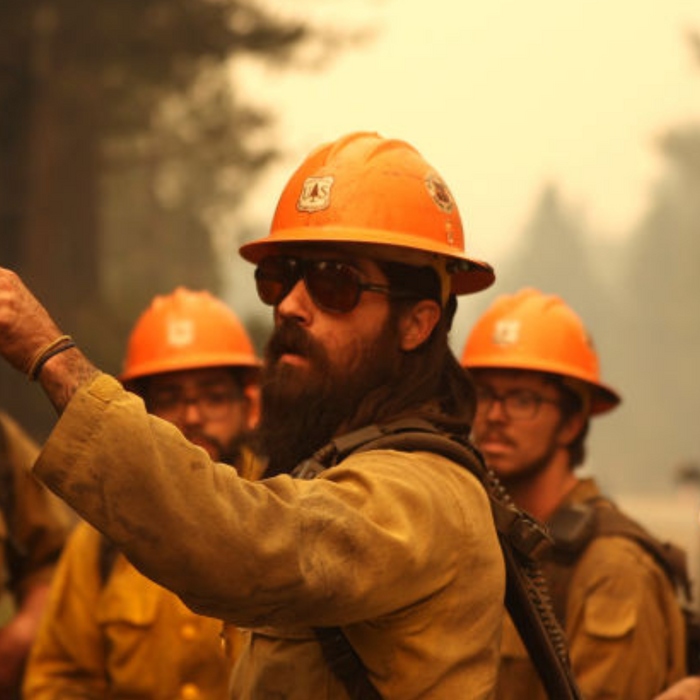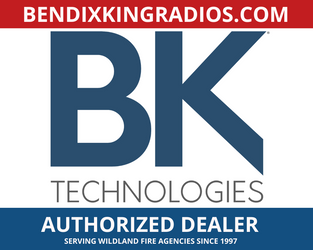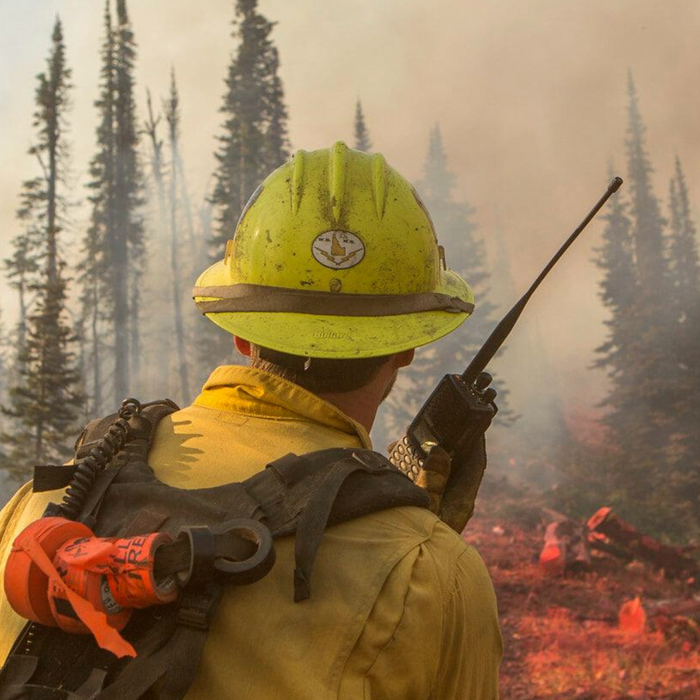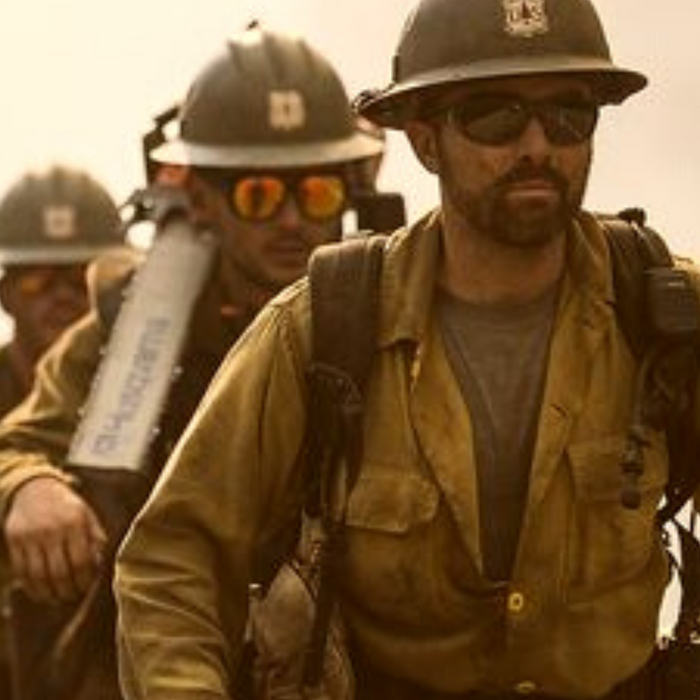When it comes to wildland firefighting, communication is key. Having a reliable two-way radio can make all the difference in ensuring the safety and effectiveness of firefighters on the front lines. But with so many options available, how do you choose the right radio for wildland firefighting? In this comprehensive guide, we will explore the factors to consider when selecting handheld and portable radios for wildland firefighters.
What are the needs of wildland firefighters?
Wildland firefighters face unique challenges that require reliable communication tools. They often work in remote areas with limited or no cell phone coverage, making two-way radios essential for their safety and coordination efforts. These radios allow firefighters to stay connected with their team members, receive critical updates, and call for assistance when needed. Some agencies require the radios to be NIFC approved. As of Fall 2023 the BKR9000 does not have NIFC approval. The BKR5000 Handheld radio does have NIFC approval.
What options are available on the market?
When it comes to choosing the right two-way radio for wildland firefighters, there are several options available. The popular choices are the BKR5000 single band handheld and KNG M mobile radio. Both of these radios offers different features and capabilities to meet the specific needs of wildland firefighters.
The previously discontinued radios of a KNG P serries (KNG-P150, KNG-P150S & KNG2-P150), GPH, and DPH handheld radios are still often used by wildland firefighters. The legacy radios such as a DPH or GPH radio are being phased out due to the lack of repair parts available. It is recommended to upgrade to a new radio if you have legacy radio to keep up with the latest safety features. To view all of the BK radios Click Here.
What factors should be considered?
When selecting a two-way radio for wildland firefighters, several factors should be taken into consideration:
1. Clonability: The ability to clone radio settings is crucial for quick and efficient deployment. This allows firefighters to easily program multiple radios with the same settings, ensuring seamless communication within the team. Clonability is an important feature to consider when choosing a two-way radio for wildland firefighting.
The ability to clone radios allows for easy programming and ensures that all team members have the same settings and frequencies. Look for radios that offer cloning capabilities to streamline communication and enhance coordination among firefighters. The BKR5000 and the KNG-M series radios are able to be cloned. To clone them you need the KAA0701 Universal Cloning Cable and a BKR0701 Cloning Cable Adapter.
2. Portability: Wildland firefighters need radios that are lightweight and easy to carry during long hours of work. Portable radios with ergonomic designs and convenient carrying options are ideal for their needs. Wildland firefighting requires agility and mobility. Therefore, it is crucial to choose radios that are lightweight and easy to carry.
Look for handheld radios that are compact and ergonomic, allowing firefighters to move freely without being weighed down by bulky equipment. We offer a vide range of radio carrying options such as leather holsters, belt clips and chest packs. To view the complete line of carry accessories for all Relm radios Click Here.
3. Frequency Range: The radio's frequency range determines its coverage area. Wildland firefighters often operate in large, remote areas, so radios with the correct frequency range are essential to maintain communication over long distances.
The frequency range of a two-way radio determines its ability to communicate with other radios. The BKR5000 is only available in a VHF frequency range. If you are needing to utilize the UHF or 700/800 frequency range than the KNG-M mobile radio is one to consider or the BKR9000 multiband radio. To view the KNG-M radio, the BKR5000 radio and the BKR9000 radio please Click Here.
4. Antennas: In wildland firefighting, where communication can be challenging due to rugged terrain and dense vegetation, it is important to choose radios with an antenna that has gain over a standard antenna. This ensures that firefighters can stay connected even in remote areas with limited cellphone coverage. The BigBoost antenna for a BKR-5000 radio has an unbeatable +2dB gain which will allow you to talk further than the OEM standard BKR0810GPS antenna. To view the BigBoost antenna for the BKR 5000 series radio Click Here.
For mobile radios the benefits of a flexible antenna might outweigh the benefits from a standard antenna. The Sti-Co flexible antenna is one of the most common antenna for a KNG Mobile radio. These antennas are tunable which allows the installer to cut the antenna to the optimal length for the end user. To view the Stico tunable flexible antenna Click Here.
5. Power: The radio's power output affects its signal strength and range. The standard power KNG-M150LP (50 watt) mobile radios are widely used by wildland firefighters as they can transmit signals over great distances, ensuring reliable communication in challenging environments. Power is a crucial factor to consider when selecting a two-way radio for wildland firefighting. Look for radios with high transmit power option to ensure clear and reliable communication over long distances when working in rural areas. The KNG-M mobiles can come in a KNG-M150HP (110 watt) package if needed. To view the high power and the standard power options of a KNG-M150 Dash mount radio Click Here. To view the high power and the standard power options of a KNG-M150R Remote mount radio Click Here.
6. Durability: Wildland firefighters face harsh conditions, including extreme temperatures, dust, and water exposure. Therefore, radios with rugged and durable construction are necessary to withstand these challenging environments. Wildland firefighting is a demanding and rugged environment. Radios need to withstand extreme temperatures, moisture, dust, and impacts. Look for radios that are built to military-grade standards and have an IP rating for water and dust resistance. This ensures that the radios can withstand the harsh conditions of wildland firefighting and continue to function reliably.
7. Battery Life: Long-lasting battery life is crucial for wildland firefighters who often work long shifts without access to charging stations. Radios with extended battery life ensure continuous communication throughout their operations. Long battery life is essential for wildland firefighting, where firefighters may be deployed for extended periods without access to charging stations. Look for radios with extended battery life and consider additional battery options, such as high-capacity batteries or the ability to use external battery packs.
Consider radios with multiple power options, such as rechargeable batteries, battery eliminators and the ability to use disposable batteries as a backup. This ensures that firefighters can stay connected throughout their shifts without worrying about running out of power. The BKR5000 handheld radio can be powered using any of these three options. To view the BKR-5000 P portable radio Click Here.
Conclusion
Choosing the right two-way radio is essential for wildland firefighters to ensure effective communication and coordination during their operations. Considering factors such as clonability, portability, frequency range, power, durability, and battery life can help firefighters make an informed decision. The BKR5000 single band handheld and KNG M mobile radio are both excellent options to consider, offering different features to meet the specific needs of wildland firefighters. By selecting radios that meet these criteria, firefighters can enhance communication, improve coordination, and ultimately, increase safety and effectiveness on the fire line.





Leave a comment